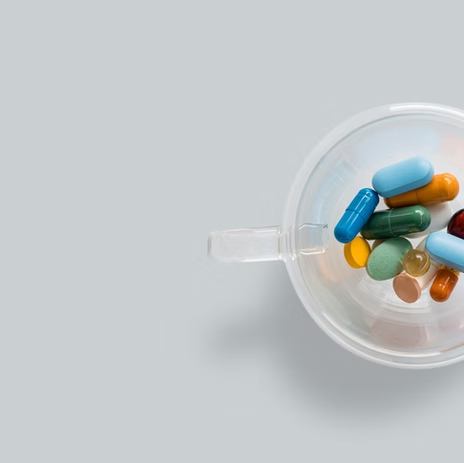
What are the differences between intravenous, intranasal, and oral ketamine?

Ketamine Therapy Toronto only provides Ketamine in the form of an intravenous (IV) infusion. Intravenous infusion means the ketamine is administered directly into the bloodstream.
Why is this? The current medical research regarding Ketamine for Treatment Resistant Depression (and other Mental Health conditions) has largely been done in patients receiving intravenous infusions. This is because delivering Ketamine by IV allows for the most reliable and consistent dosing for a patient and the ability to adjust a dose easily. While Ketamine can be delivered in other forms (e.g. Oral, Intranasal, Intramuscular, etc), this is not the “Gold Standard” in the literature because dosing and treatment effects become significantly less predictable. Maximizing treatment effect and patient safety are important pillars at Ketamine Therapy Toronto and for this reason we proudly only provide intravenous infusions.
Benefits of Intravenous Ketamine for Depression
Intravenous (IV) ketamine administration has several advantages over intranasal or oral routes when it comes to treating depression. Here are some key benefits:
1. Rapid Onset of Action
IV ketamine typically provides a faster effect, often within minutes, compared to intranasal or oral forms, which may take hours or longer to produce noticeable results.
2. Controlled Dosage
IV administration allows for precise control over the dosage and infusion rate, ensuring that patients receive a consistent and effective amount of the medication. This minimizes variability and helps with consistency between treatments.
3. Higher Bioavailability
When administered intravenously, ketamine has 100% bioavailability, meaning the entire dose reaches the bloodstream. In contrast, oral and intranasal forms can have lower bioavailability and not all of the medication is absorbed by your body due to absorption or metabolism issues.
4. Tailored Treatment
IV ketamine dosages can be easily adjusted and dose based on individual patient needs and response, allowing clinicians to modify dosages and infusion rates for desired outcomes.
5. Monitoring and Safety
Administering ketamine intravenously typically occurs in a clinical setting where patients can be monitored for adverse effects and vital signs, enhancing safety compared to at-home administration of intranasal or oral forms.
6. Efficacy for Severe Cases
IV ketamine has been found to be particularly effective for treatment-resistant depression and severe depressive episodes, where other treatments may have failed.
7. Shorter Duration of Sessions
IV treatments can often be completed in a shorter timeframe compared to the time it may take for oral or intranasal administration to take effect, allowing for more efficient treatment schedules.
Conclusion
While intranasal and oral ketamine may offer convenience and accessibility, intravenous administration is often preferred for its rapid onset, controlled dosage, and higher bioavailability, making it a powerful option for managing depression, particularly in more severe cases.
